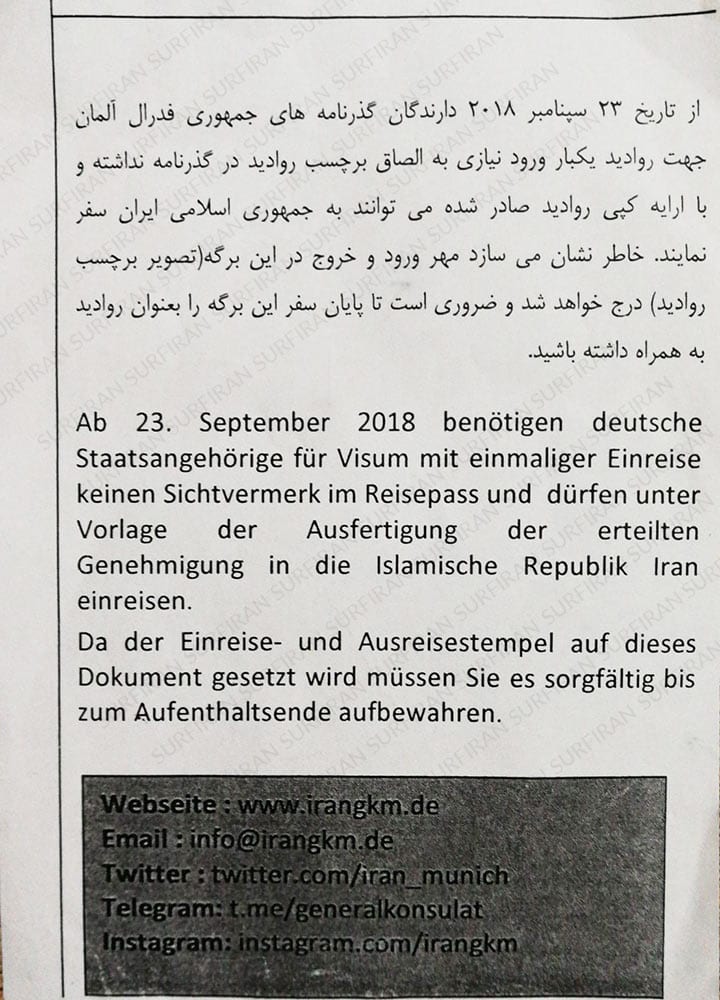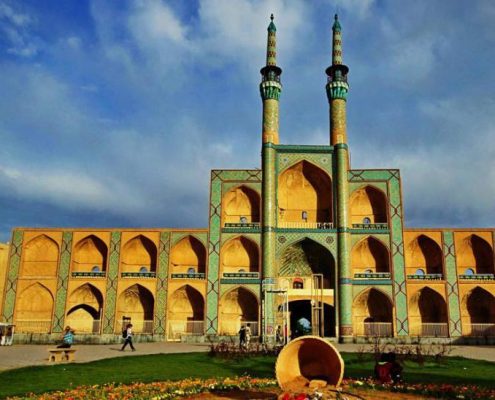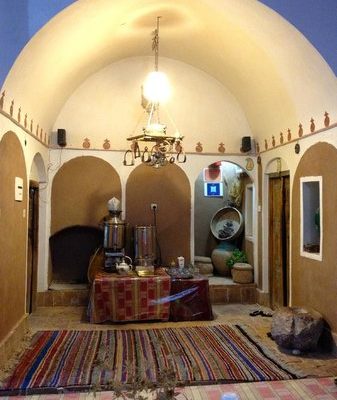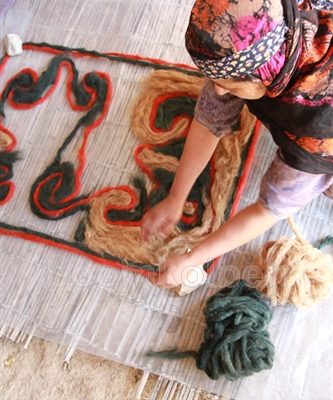Cyrus II, known as Cyrus the Great, was the founder of Achaemenid dynasty. His maternal grandfather was Astyages, the last king of the Medes, and his paternal grandfather was Achaemenes, the first founder of hereditary rule among the Persians.
Cyrus presented a new empire based on morality, justice, and decency to the world. Unlike the previous emperors, he treated the defeated with compassion, enemies with tolerance, and those with opposing beliefs and customs with liberality. His statement in Babylon, written on a clay cylinder, is the first draft of the Declaration of Human Rights.
The followings are three sites worth exploring to learn more about the rise and fall of Achaemenids. You can leave Shiraz for a one-day tour to visit these spectacular sites and then come back.
Pasargadae: This Is Where Achaemenids Rose to Power

Tomb of Cyrus at Pasargadae, Iran
It was the dynastic capital of Achaemenid Empire, the first great multicultural empire in western Asia. Today, it’s located near Shiraz in Fars province, south western Iran. It’s where Cyrus the Great conquered Astyages, the last Median king, in his last battle, and then founded the first Persian Empire in the same region and beyond. He founded Pasargadae and constructed palaces in memory of his victory. It was the rise of Achaemenids and Cyrus the Great was the author of Achaemenid dynasty. His tomb is also here in this city.
According to UNESCO, “palaces, gardens, and tomb of Cyrus are outstanding examples of the first phase of royal Achaemenid art and architecture, and exceptional testimonies of Persian civilization”.
A brief description of the site
The tomb of Cyrus has long been a focal point for visitors to Pasargadae and the palace area lay almost a kilometer north of it. This area included a palace to receive audiences and a whole series of adjacent gardens. They emerged to be the first Persian gardens. Unfortunately, all that has remained from Achaemenid era in this region are stone foundations and some wall socles.
In this site, the columned hall is the most common form of design. A notable architectural point about this hall was making use of stone-working techniques. It’s notable because all the previous columned halls in Iranian plateau were built in mud-brick walls and wooden columns.
Such an innovation facilitated the production of stone platforms, staircase, floors, and stone columns. Each one of these structures was to become a hallmark of architecture in Achaemenid era from about 540 BCE onward.
The gardens at Pasargadae would appear to be the first known occurrence of chaharbagh or fourfold garden, a specific articulation of space. It went on to become a distinctive characteristic of later garden designs in Iran for centuries.
Pasargadae kept its importance to Achaemenid emperors, but during the reign of the next kings, the capital moved to other cities.
Persepolis: The Glorious Times of Achaemenids

Gate of All Nations at Persepolis, Achaemenid Era
It’s the other dynastic center of Achaemenid kings located about 60 kilometers south of Pasargadae. After Cyrus the Great, Darius I, known as Darius the Great, succeeded in ruling the Persian Empire. He started the construction of Persepolis. It consists of ceremonial palaces, provisional residential palaces, a treasury, and a chain of fortification. It was built as a ceremonial palace complex mainly for celebrating Nowruz, the Persian New Year festival.
The gate to the site was from the south, through a staircase. To the right of this entrance, you can see a huge rectangular block bearing four cuneiform inscriptions in the name of Darius the Great: Two in Old Persian, one in Elamite, and the fourth in Babylonian. These scripts were clearly meant to inform visitors of the nature of Persepolis, the people who contributed to its construction as well as Darius’ beliefs and ideals.
The remarkable parts of the palace complex consist of:
It was a four-columned square hall with three stone doorways. Two enormous winged bulls are carved at the inner side of eastern as well as western doorways, and the gates are decorated in the upper part with six cuneiform inscription sections.
- The audience palace of Darius, The Apadana
The double-reversed stairways of this palace are the most splendid parts of Persepolis
- The Palace of Darius known, the Tachara.
A charming structure which is the oldest palace of Persepolis. Here, you can find three different scripts carved in various historical periods: one in cuneiform from Achaemenid era, one in Pahlavi from Sassanid era, and one in modern Persian from Qajar era.
- The Palace of Xerxes, the Hadish
It was the Xerxes’ temporary residence.
- The Central Palace, the Tripylon
A small but lavishly ornamented structure located in the center of the complex. Three doorways and a couple of corridors and staircases were linked to the other palaces. It must be attributed to Xerxes and Artaxerxes I.
- The second largest palace of Persepolis, The Hundred Column Hall
Its main feature was a square hall provided with ten rows of ten columns. It was an audience hall.
These structures were built by Darius the Great and his successors, Xerxes and Artaxerxes I, and maintained until 330 BCE, when they were looted and burnt by Alexander of Macedonia. Although today you can see only the remains of this complex, its magnificence can still impress you.
Darius the Great was a powerful and sage emperor in the ancient world. His territory was so extended that there were no such imperial expansion until then and long after.
Naqsh-e-Rostam, Mighty Emperors Have Rested Here
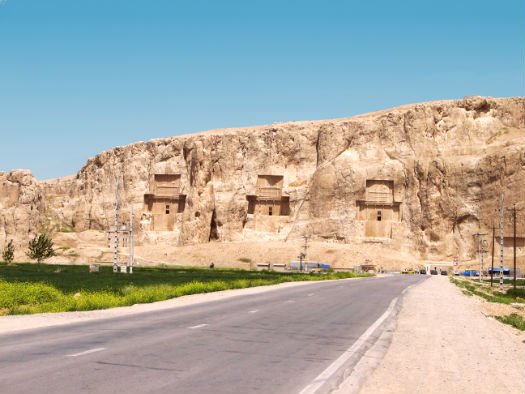
Naqsh-e Rostam, Achaemenids’ Necropolis near Shiraz, Iran
It’s one of the most spectacular ancient sites of Achaemenid era dating back to the times when the fall of Achaemenids was about to happen. It’s located almost 5 kilometers northwest of Persepolis, and consists of the colossal rock tombs of Persian kings dating back to the first millennium BC. Here you can see the best ancient rock reliefs in Iran from both the Achaemenid and Sassanid periods.
The rock-cut tombs of Achaemenid rulers and their families dating back to the 5th, 4th, and 3rd centuries BC have been engraved on the façade of a mountain. The tombs belong to Darius the Great, Xerxes I, Artaxerxes I, and Darius II. In addition to being a royal necropolis, Naqsh-e-Rostam was a major ceremonial center for the Sasanians until the 7th century AD.
I highly suggest you to put these three spectacular Achaemenid sites in your checklist for travelling to Iran. It takes just one day to visit them all and learn about the rise and fall of Achaemenids. I promise there will be so many amazing things that can cause your admiration.


